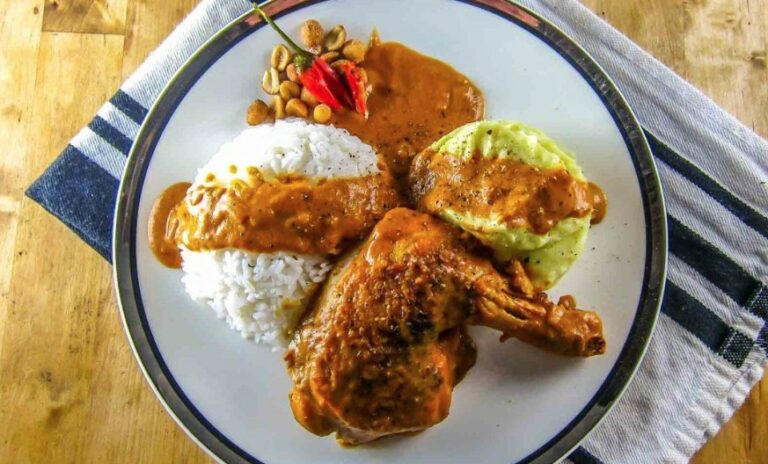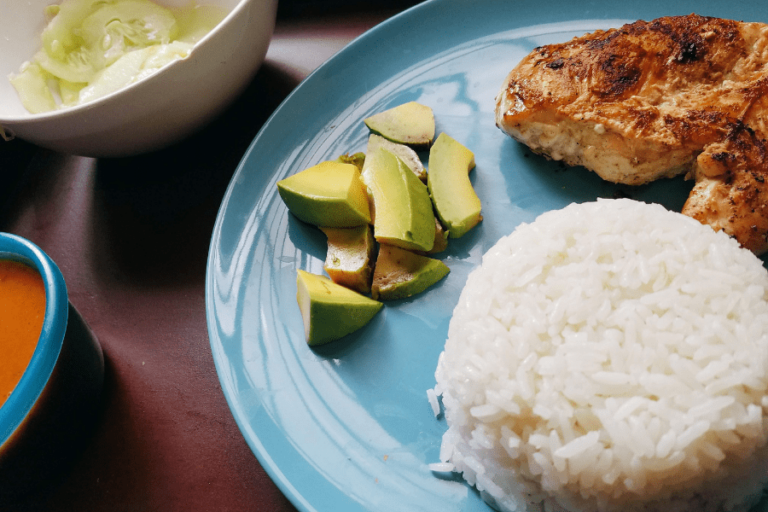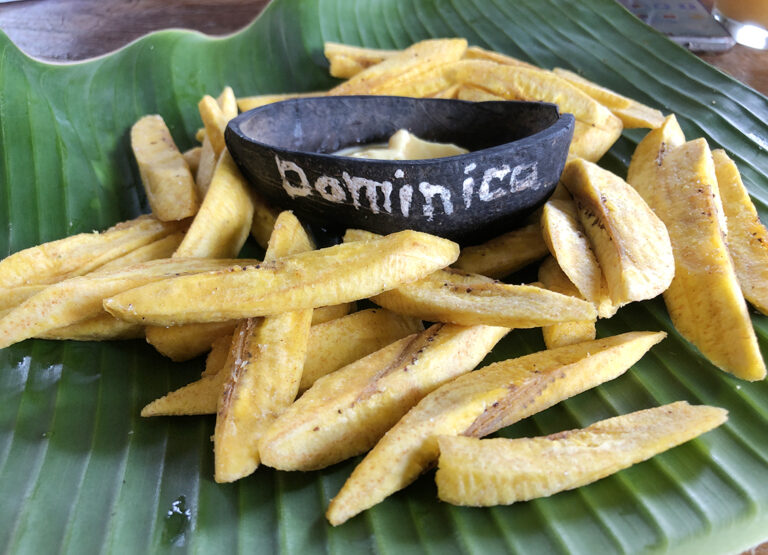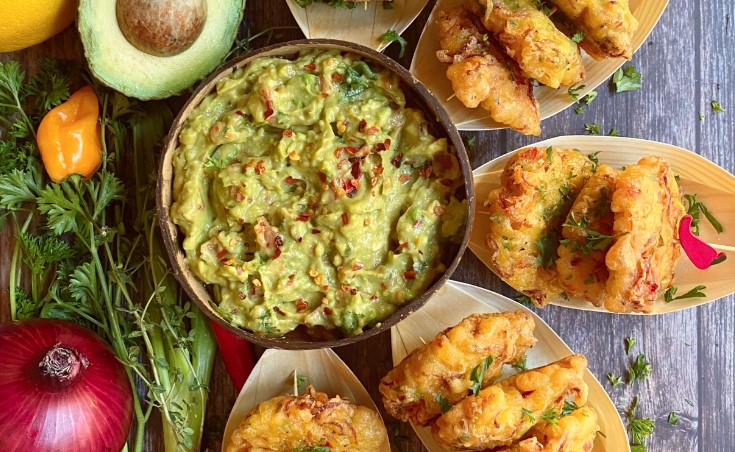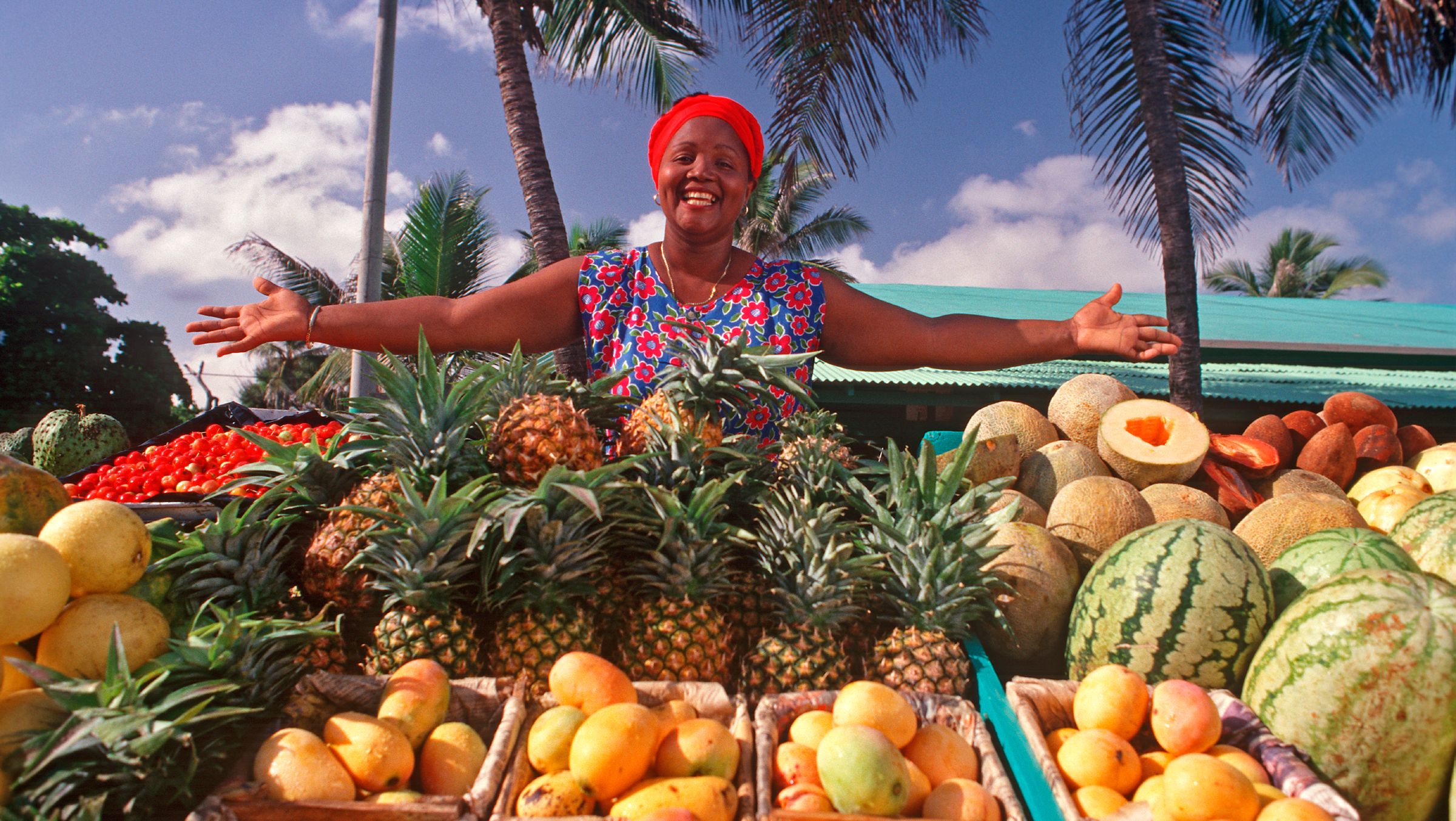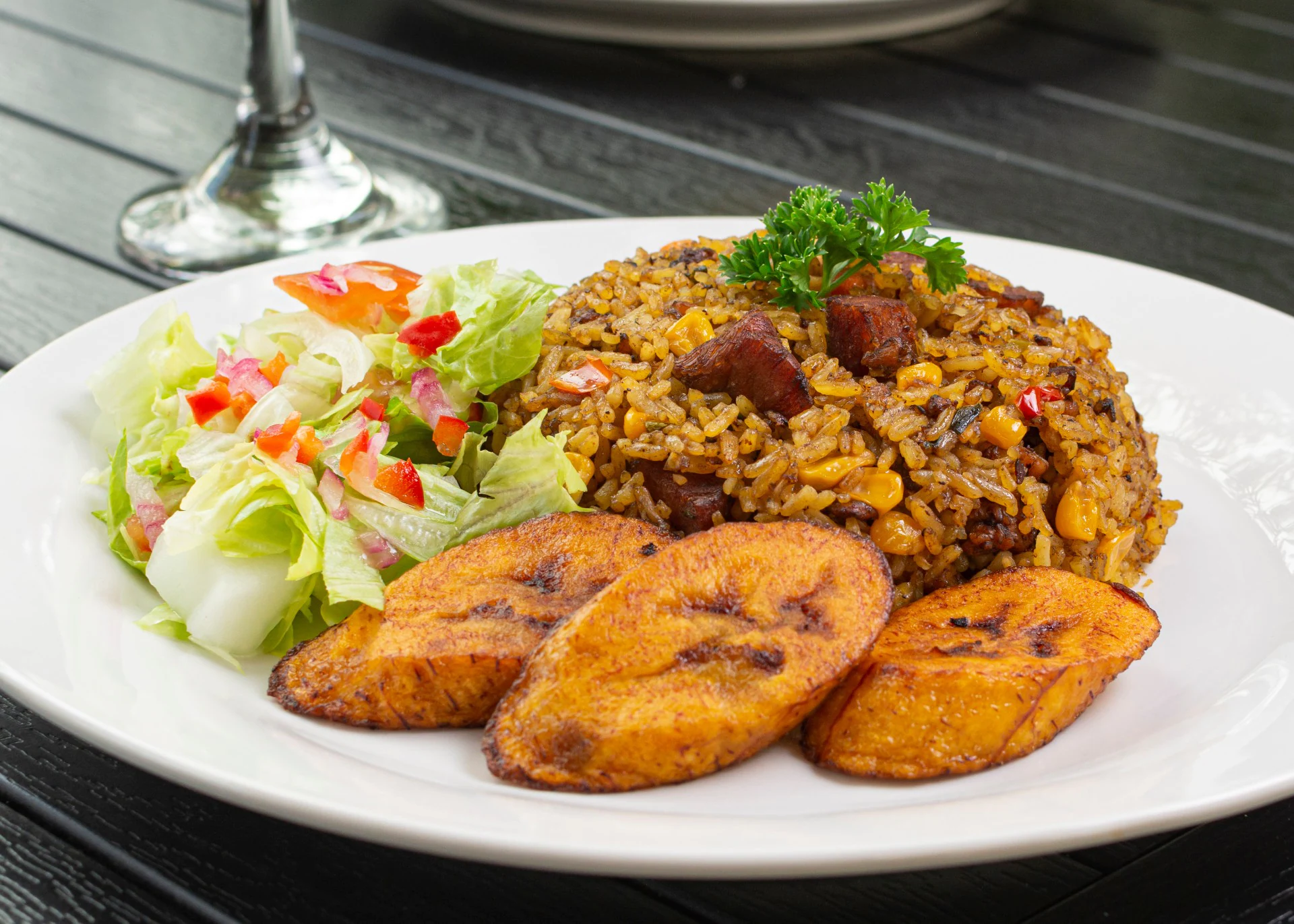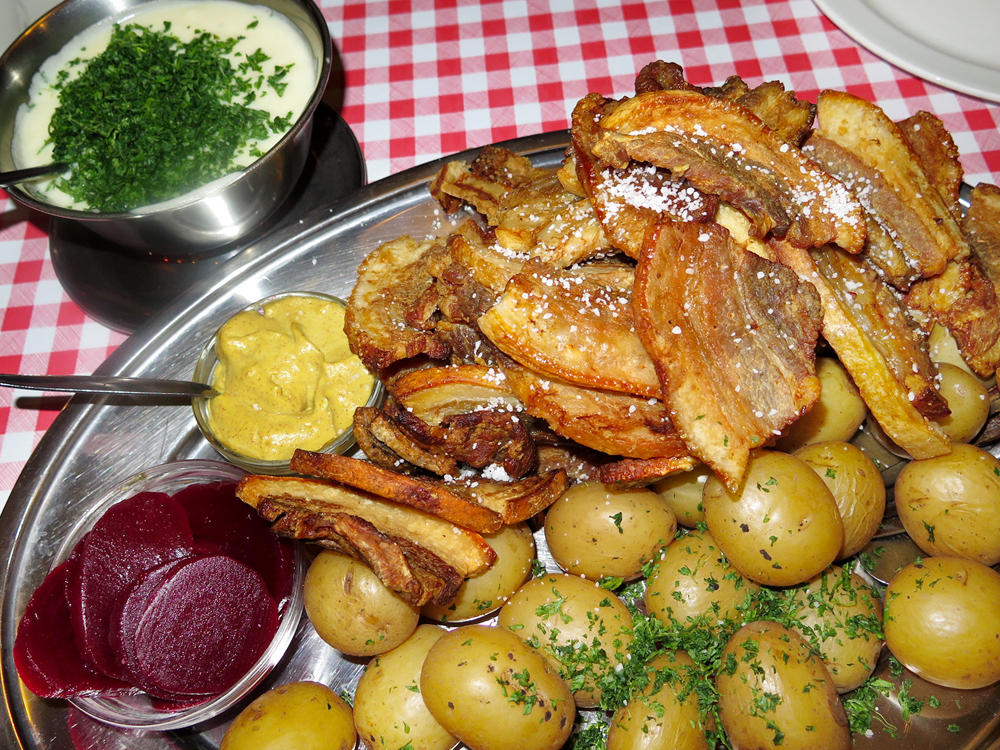Introduction: Exploring the Sweet Side of Congo
When it comes to the cuisine of Congo, many people think of savory dishes like fufu or maboke. However, Congo also has a rich tradition of sweet treats and desserts that are sure to satisfy any sweet tooth. In this article, we will explore some of the most popular Congolese desserts that you should definitely try.
1: Beignet Congolais – A Crispy Delight
Beignet Congolais, also known as mikaté, are deep-fried doughnuts that are popular throughout Congo. Made with flour, sugar, yeast, and eggs, these treats are crispy on the outside and fluffy on the inside. They are often flavored with vanilla or orange zest and can be enjoyed on their own or with a cup of coffee or tea.
2: Mousse de Fruit de la Passion – A Tropical Treat
Passion fruit mousse is a refreshing and tangy dessert that is perfect for a hot day. Made with passion fruit pulp, cream, and sugar, this dessert is light and airy, with a bright tropical flavor. It is often served with fresh fruit or a dollop of whipped cream on top.
3: Chikwangue – A Sweet Cassava Cake
Chikwangue is a sweet cassava cake that is popular in Congo and other parts of Central and West Africa. Made with grated cassava, coconut milk, sugar, and spices, this cake has a dense texture and a sweet, slightly nutty flavor. It is often served as a snack or dessert, and can be enjoyed on its own or with a cup of tea.
4: Bâton de Manioc – A Chewy Cassava Stick
Bâton de Manioc, also known as cassava sticks, are a popular snack in Congo. Made with grated cassava, sugar, and spices, these chewy treats are shaped like sticks and baked until crispy on the outside. They are often flavored with cinnamon or vanilla and can be enjoyed as a sweet snack or dessert.
5: Makemba – A Baked Banana Delight
Makemba is a baked banana dessert that is popular in Congo. Made with ripe bananas, sugar, and spices, this dessert is similar to banana bread but has a denser, richer texture. It is often served with whipped cream or a drizzle of caramel sauce.
6: Koki – A Steamed Bean Pudding
Koki is a steamed bean pudding that is popular in Congo and other parts of Central and West Africa. Made with black-eyed peas, palm oil, and spices, this savory pudding has a creamy texture and a slightly nutty flavor. It can be served as a side dish or as a sweet dessert, depending on how it is prepared.
7: Mbatata – A Sweet Potato Pudding
Mbatata is a sweet potato pudding that is popular in Congo. Made with mashed sweet potatoes, coconut milk, sugar, and spices, this dessert has a rich, creamy texture and a sweet, slightly spicy flavor. It is often served with a dollop of whipped cream or a sprinkle of cinnamon on top.
Conclusion: A Rich Culinary Heritage
Congo may not be as well known for its desserts as some other countries, but it has a rich culinary heritage that includes many delicious sweet treats. From crispy beignets and tangy passion fruit mousse to chewy cassava sticks and creamy sweet potato pudding, there are plenty of desserts to satisfy any sweet tooth. If you have the opportunity to try any of these Congolese desserts, don’t hesitate to indulge in the rich and flavorful tastes of this unique cuisine.

